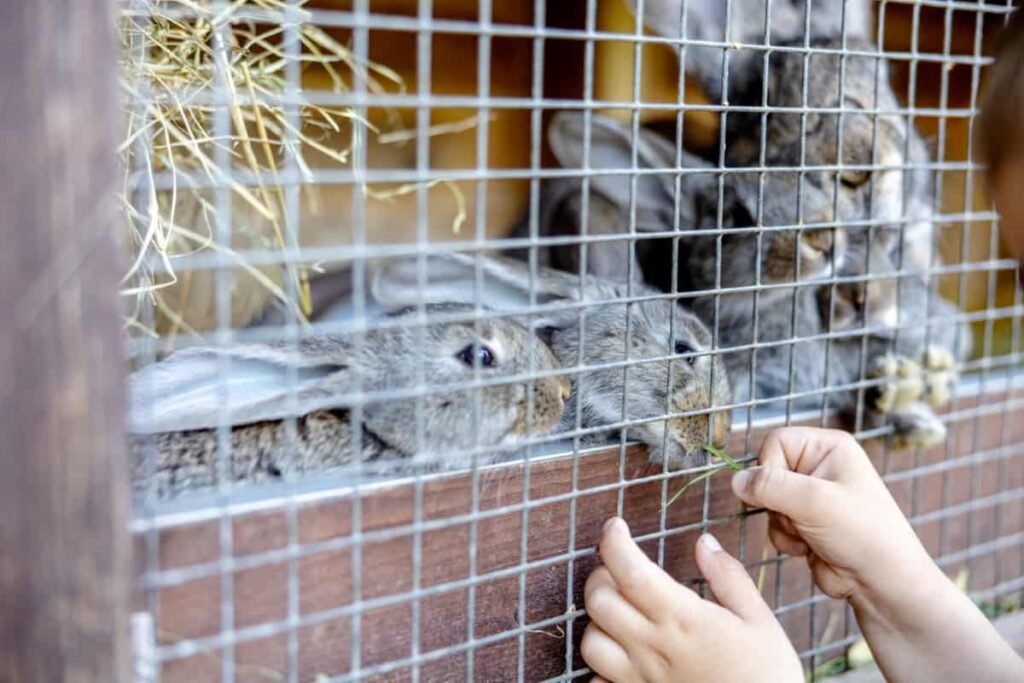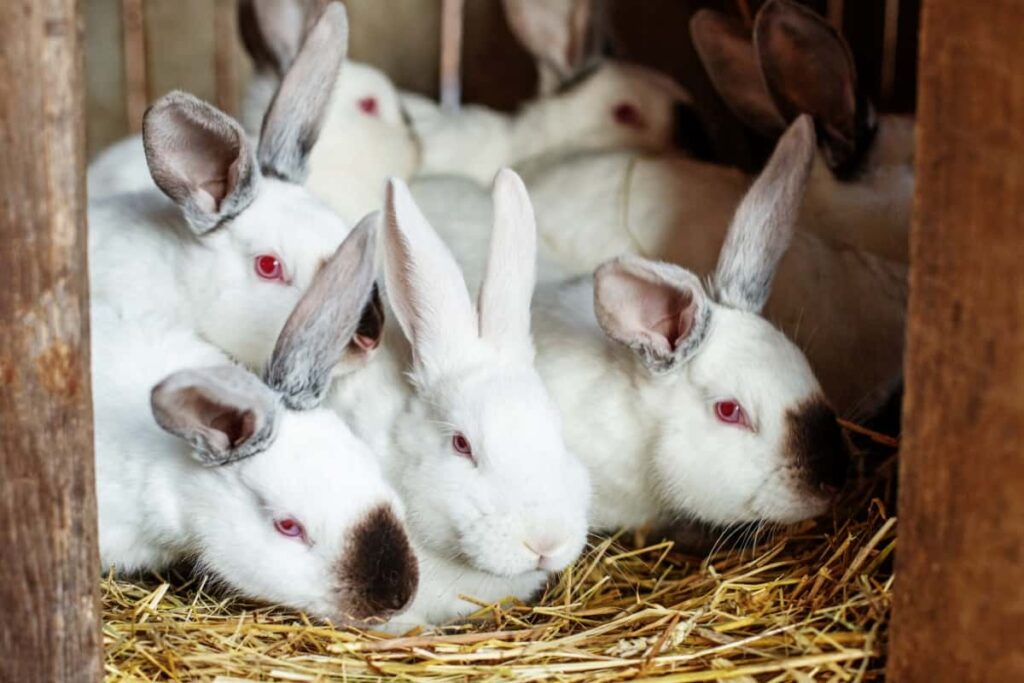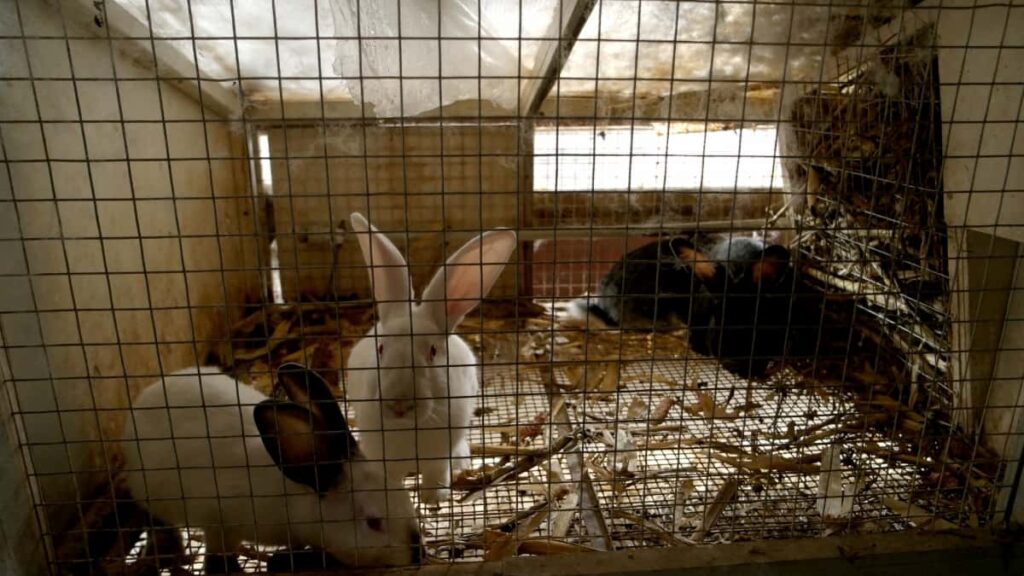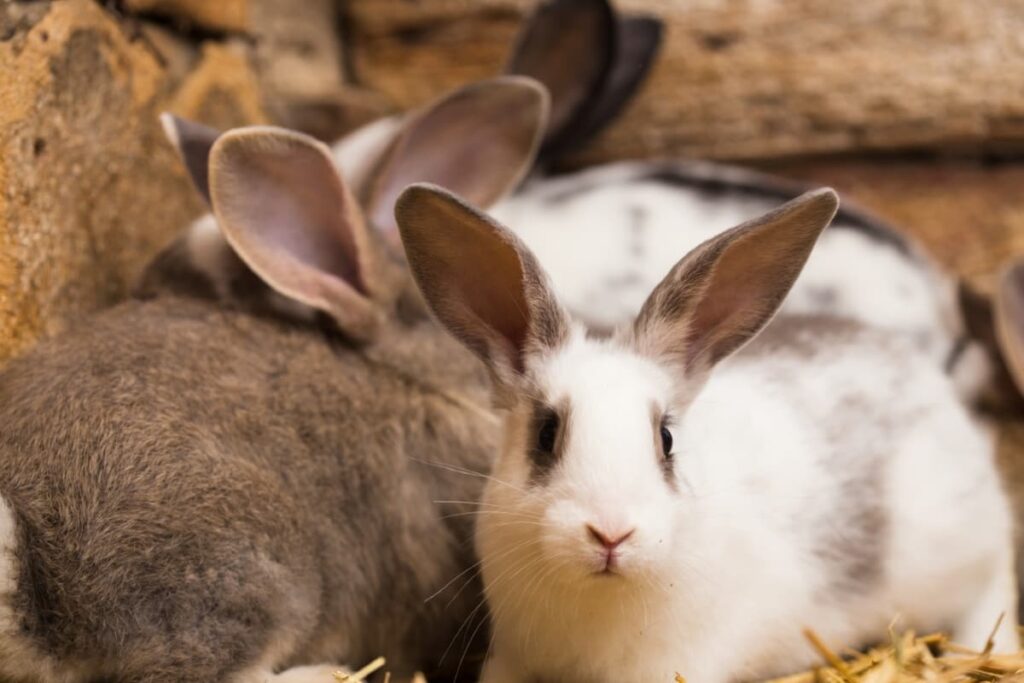Rabbit farming in the Philippines offers a multitude of benefits for both farmers and consumers alike. For starters, rabbits are known for their fast reproduction rate, making them highly efficient in terms of meat production.

Rabbit Farming in the Philippines
Rabbit Farming in the Philippines: A Comprehensive Guide for Beginners
With its high reproductive rate and low feed requirements, rabbit farming offers a cost-effective solution to meet the growing meat demand in the country. In addition to being cost-effective and space-efficient, rabbit farming also provides environmental benefits. The Philippines is blessed with favorable and tropical climate conditions that can be beneficial for rabbit farming.
The Economic Viability of Rabbit Farming in the Philippines
Rabbit farming in the Philippines holds significant economic potential for those willing to invest time and effort into this sustainable practice. Furthermore, rabbit meat has gained popularity among health-conscious consumers due to its lean profile and low cholesterol content. In terms of investment costs, setting up a rabbit farm requires relatively less capital compared to other livestock ventures.
The government also recognizes the potential of rabbit farming as an income-generating activity for Filipinos. Various agencies provide support programs such as training workshops, access to finance schemes, technical assistance, and marketing support specifically tailored towards promoting this industry.
Rabbit Housing and Management Techniques in the Philippines
In the Philippines, where the climate can be hot and humid, it is essential to provide proper housing that protects these furry creatures from extreme temperatures. One popular rabbit housing is hutches or cages made of wire mesh. These provide good ventilation while also allowing easy cleaning and maintenance.
Another option is colony housing, where rabbits are kept together in a larger space with individual hiding spots to ensure their safety. Proper management techniques play a significant role in ensuring the health and productivity of your rabbit farm. Providing rabbits with a balanced diet rich in hay, fresh greens, pellets, and clean water will help maintain their overall health.
Sustainable Practices for Rabbit Farming in the Philippines
Sustainable practices are essential for any agricultural endeavor, including rabbit farming in the Philippines. By implementing environmentally friendly strategies, farmers can ensure the long-term viability of their operations while minimizing negative impacts on ecosystems. The key sustainable practice is efficient resource management. Rabbit farmers should aim to optimize feed utilization by providing balanced diets and utilizing locally available resources.
In case you missed it: Rabbit Farming Business Plan and Information

Another important aspect is waste management. Proper disposal of rabbit manure can be used as organic fertilizer, reducing the need for chemical inputs and promoting soil health. Regular vaccination protocols, strict hygiene practices, and controlled access to farms are vital aspects of sustainable rabbit farming. Promoting biodiversity within farm systems contributes to sustainability.
Nutritional Benefits of Rabbit Meat in the Filipino Diet
Rabbit meat, often overlooked in the Filipino diet, offers many benefits that make it a better addition to any meal plan. Packed with lean protein, rabbit meat is an excellent choice for those looking to maintain or build muscle mass. It is also low in fat and cholesterol, making it a heart-healthy option. Additionally, rabbit meat contains essential vitamins and minerals such as iron, zinc, and vitamin B12. Moreover, rabbit meat is easily digestible due to its low-fat content compared to other meats like pork or beef.
Challenges and Opportunities in Commercial Rabbit Farming in the Philippines
Commercial rabbit farming in the Philippines presents both challenges and opportunities for aspiring farmers. One of the main challenges is the lack of awareness and understanding about rabbit meat among Filipino consumers. While it has gained some popularity, there is still a need for more education to promote its nutritional benefits. Another challenge lies in marketing and distribution.
Establishing a market presence can be daunting, especially when competing with other established meat products. However, this also opens up an opportunity for creative marketing strategies that highlight the unique qualities of rabbit meat. Despite these challenges, there are several opportunities in commercial rabbit farming as well. With increasing interest in alternative sources of protein and sustainable farming practices, raising rabbits provides a viable option for those looking to diversify their income streams while contributing to food security.
Best Breeds for Rabbit Farming in the Philippine Climate
Dutch Whites: Known for their compact size and excellent meat quality, Dutch Whites are a popular choice among Filipino farmers. They have a calm temperament and require less space compared to other breeds.
Californians: This breed is highly regarded for its fast growth rate and high meat yield. Californians have a white body with black markings on their nose, ears, feet, and tail. They can withstand heat well and adapt easily to different environments.
New Zealand Blacks: These rabbits are widely recognized as one of the best meat-producing breeds globally due to their rapid growth rate and large frame size. T
Angoras: While Angoras may not be primarily raised for meat production in the Philippines, they offer an excellent opportunity for fiber production due to their long coats.
Market Analysis for Rabbit Products in the Philippines
The market for rabbit products in the Philippines has been steadily growing over the years. With an increasing demand for alternative sources of protein, rabbit meat has gained popularity among health-conscious consumers and those looking to diversify their diets. The key factor driving the demand for rabbit products is their nutritional value. The market analysis reveals that there is still room for growth within the industry. Building relationships with grocery stores, local restaurants, and direct-to-consumer platforms can help increase visibility and reach a wider customer base.
Health and Disease Management in Rabbit Farming: Philippine Perspective
Ensuring the health and well-being of rabbits is crucial for successful rabbit farming in the Philippines. Proper disease management practices are essential to prevent outbreaks and maintain a sustainable production system. It is important to provide rabbits with a clean and hygienic environment. Regular cleaning of cages or hutches helps prevent the buildup of waste materials that can attract diseases or parasites.
In case you missed it: Common Rabbit Diseases, Symptoms, Treatment: Check How this Guide Helps Rabbit Farmers

A veterinarian should conduct regular health checks to find signs of illness or disease early on. Preventive measures like vaccination play an important role in maintaining rabbit health. Vaccinations against common diseases such as viral hemorrhagic disease (VHD) can greatly reduce mortality rates among rabbits.
Regulatory Framework and Policies for Rabbit Farming in the Philippines
The regulatory framework and policies for rabbit farming in the Philippines play a major role in ensuring the sustainability and success of this industry. The government has recognized the potential of rabbit farming as an economic activity and has implemented several measures to support farmers. The important aspect is the need for proper registration and licensing of rabbit farms.
Additionally, there are regulations governing the transportation and movement of rabbits to prevent the spread of diseases. Farmers must comply with these guidelines to protect their livestock as well as other farms nearby. In terms of financial support, there are various loan programs available specifically tailored for agricultural activities such as rabbit farming. This enables aspiring entrepreneurs or existing farmers to access funds needed for infrastructure development or expansion projects.
Frequently Asked Questions (FAQ) on Rabbit Farming in The Philippines
How Much Space Do I Need to Start a Rabbit Farm?
The amount of space required depends on the scale of your operation. For small-scale farms, a backyard setup with hutches or cages is sufficient. Larger farms may require dedicated barns or buildings to accommodate more rabbits.
What Kind of Healthcare Do Rabbits Require?
Rabbits generally require regular check-ups from veterinarians experienced with exotic pets/animals; vaccinations against common diseases may also be necessary, depending on your location.
Is It Necessary to Build Cages or Hutches for Rabbits?
Yes, providing proper housing is crucial for keeping rabbits healthy and safe from predators. Cages or hutches should be well-ventilated with enough space for each rabbit to move comfortably.
In case you missed it: Catfish Farming in the Philippines: A Profitable Comprehensive Guide

Conclusion
Rabbit farming holds immense importance in the Philippines, contributing to food security and economic growth. Rabbit farming in the Philippines can be a rewarding and sustainable venture for beginners. To get started, it is important to understand the basics of rabbit care and management.
- Profitable Village Farming Business Ideas in 2024
- High-Yield Aquaculture: Fast-Growing Fish for Farming
- Effective Fish Pond Construction Techniques for Beginners
- Irrigation and Water Management in Pineapple Farming
- Blossom to Harvest: Mastering Flowering and Pollination in Papaya Farming
- Pig Fattening Essentials: From Selection to Sale for Beginners
- Raising Wagyu Cattle: A Complete Guide for Premium Beef Production
- Soil Types and Their Water Holding Capacity
- Optimizing Irrigation Schedules for Coconut Groves for Enhanced Yield
